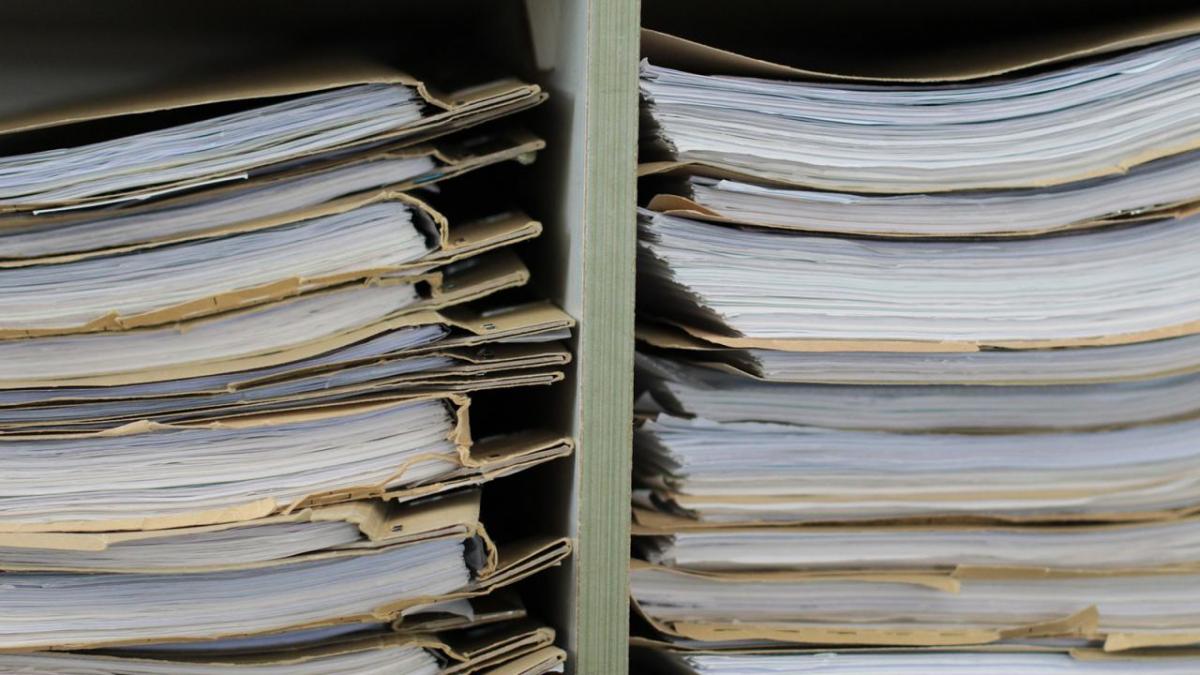The goal of record-keeping is to be able to access the information you need quickly. This starts with a filing system that is tailored to the needs of your farm or ranch. Here are some considerations for starting or updating your filing system.
How will you collect your documentation?
Do you have all the documentation that you need or are invoices, receipts, bank statements and other documents scattered over the kitchen table, the top of the washer or dryer and in the glove box of the pickup? Start by developing a system to collect these documents. Create a place where these documents can be “turned in” and assign someone who is responsible for collecting them. For example, set up a formal inbox in your office or put a small accordion file in each of the pickups. A more high-tech solution maybe to set up a system for photographing receipts and placing them in cloud storage or emailing them to a specified address for collection. Keep in mind that the person collecting these documents may not be the person filing them. By having convenient “inboxes,” it is more likely the documentation will make it to them.
How are you going to organize your documents?
The actual filing of documents is unique to each farm or ranch. Devise a plan for filing that allows you to find what you need easily. Filing systems have at least two levels of organization:
- Files
- Organization within the file
Some systems are more complex with additional layers of organization. Some operations may add levels using different colors of files, different drawers or boxes, and/or different cabinets.
It is important to keep your filing system as simple as possible. If it becomes too tedious to manage, or you cannot find what you need quickly, you aren’t going to use it. Start by thinking about a two-level system: what are your files going to be and how are you going to organize the documents within the file?
For cash income and expense documentation, most farms and ranches file by the date of the transaction, the entity and/or the Schedule F Tax Line item.

The three most common two-level filing methods for cash income and expense records are:
|
|
Level 1 (File) |
Level 2 (Organization within the file) |
|
1 |
Chronological by year or month |
Chronological by day or alphabetical by entity |
|
2 |
Alphabetical by entity |
Chronological by date |
|
3 |
Alphabetical by Schedule F Tax Line Item |
Chronological by date or alphabetical by entity |
EXAMPLE: If you need to find a receipt for diesel fuel purchased from ABC Convenience Store for a farm semi on July 14, what is easiest way to find it? In this example, the date is July 14, the entity is ABC Convenience Store, and the Schedule F Tax Line Item is Gasoline, Fuel & Oil.
|
|
Level 1 (File) |
Level 2 (Organization within the file) |
|
1 |
July |
Chronological by day or alphabetical under ABC Convenience Store |
|
2 |
ABC Convenience Store |
Chronological by day |
|
3 |
Schedule F: Gasoline, Fuel & Oil |
Chronological by date or alphabetical under ABC Convenience Store |
A similar two-level organization approach can be adopted for electronic files. Consider organizing your computer files using a similar method. This allows your electronic files to match your physical document files.
No matter how you decide to file your documents, keep it simple and be consistent. Try to find a system that only requires you to organize and file documents once.
Where are you going to store your records?
One of the most overlooked aspects of a record-keeping system is its safety and security. For this reason, you may have documents stored in different places and in different formats. Consider the ease of replacing a document when determining the level of security that it requires. In addition to security, you will need to consider the ease of access. Some documents will need to be with in arms reach, while others may require less accessibility.
All documents that contain sensitive information, especially account numbers and/or social security numbers, should be placed in a locking, theftproof, fireproof cabinet or safe. Also consider offsite storage such as bank safety deposit boxes for valuable or irreplaceable documents.
Having multiple copies or formats of documents is also recommended, especially for electronic files. Make sure you have computer files saved to at least two locations, i.e. on your computer and a USB or Cloud Storage and/or a hard copy.
Also consider how you are going to dispose of documents no longer needed. Make sure that items containing account numbers, social security numbers and other sensitive information are shredded.
When developing your farm or ranch filing system, keep in mind the goal of being able to access the information that you need quickly. Keep your system simple and be consistent.
